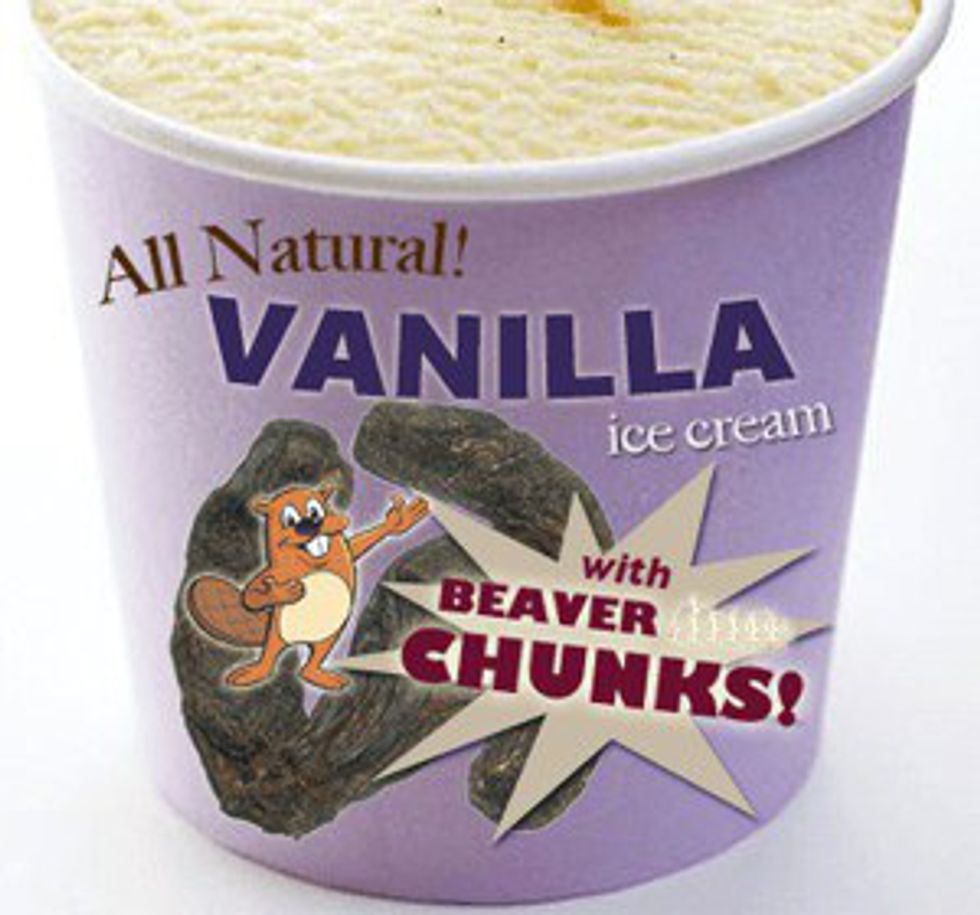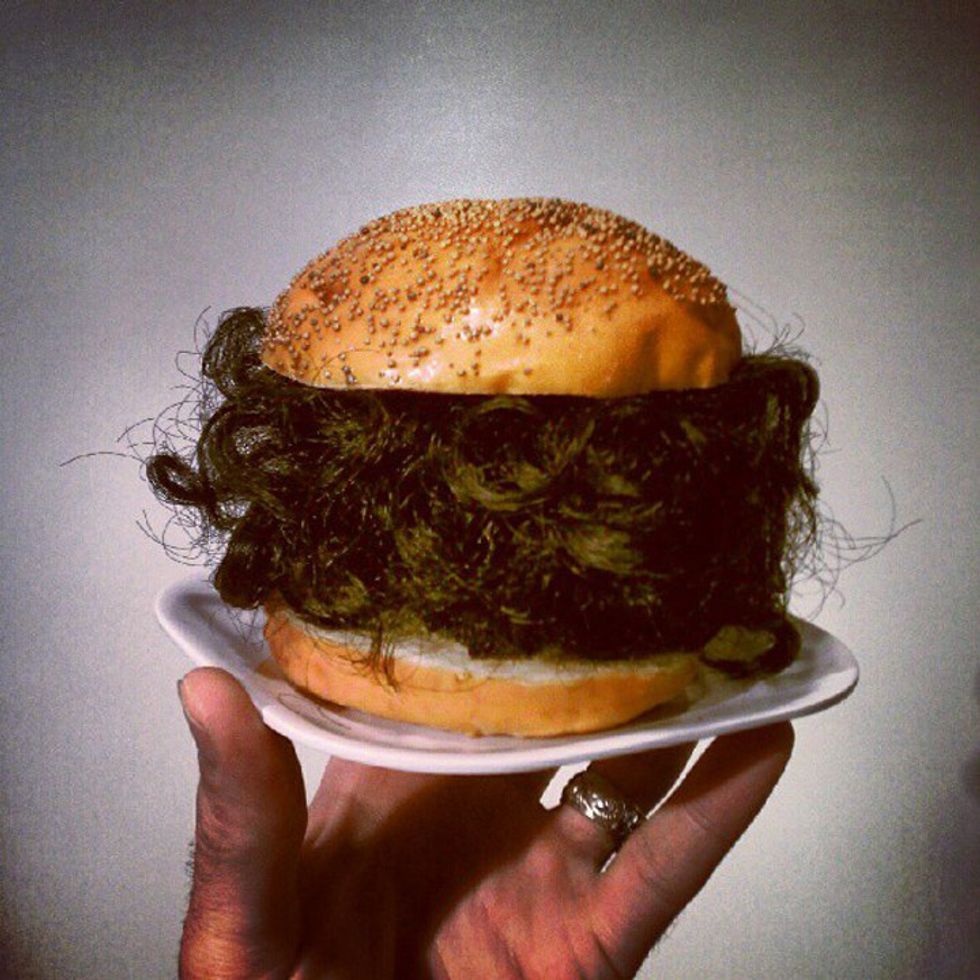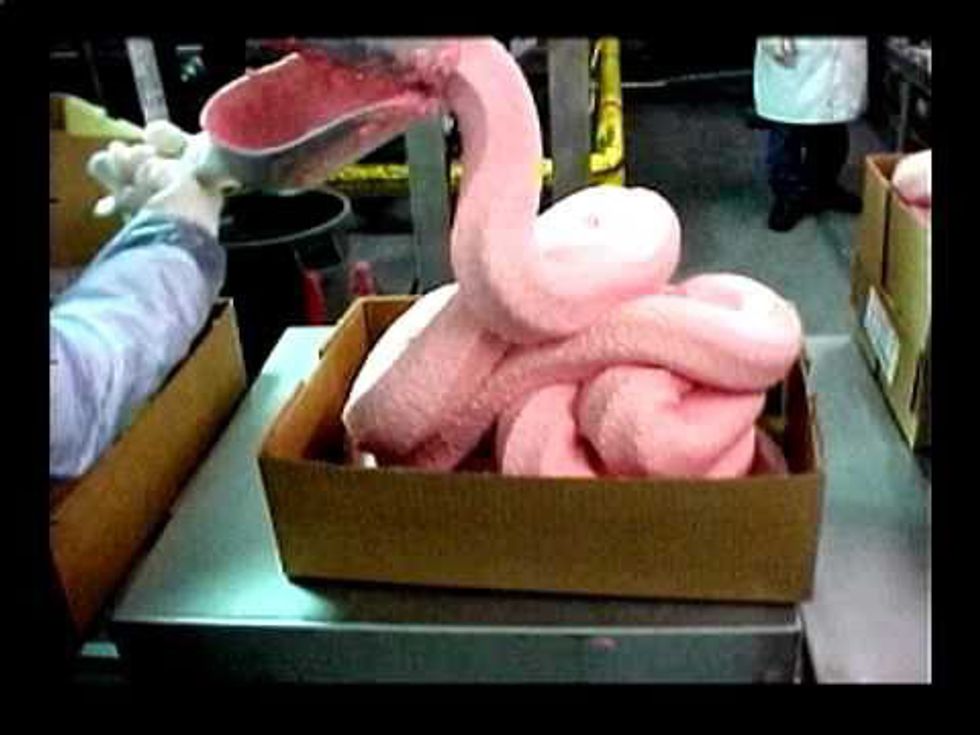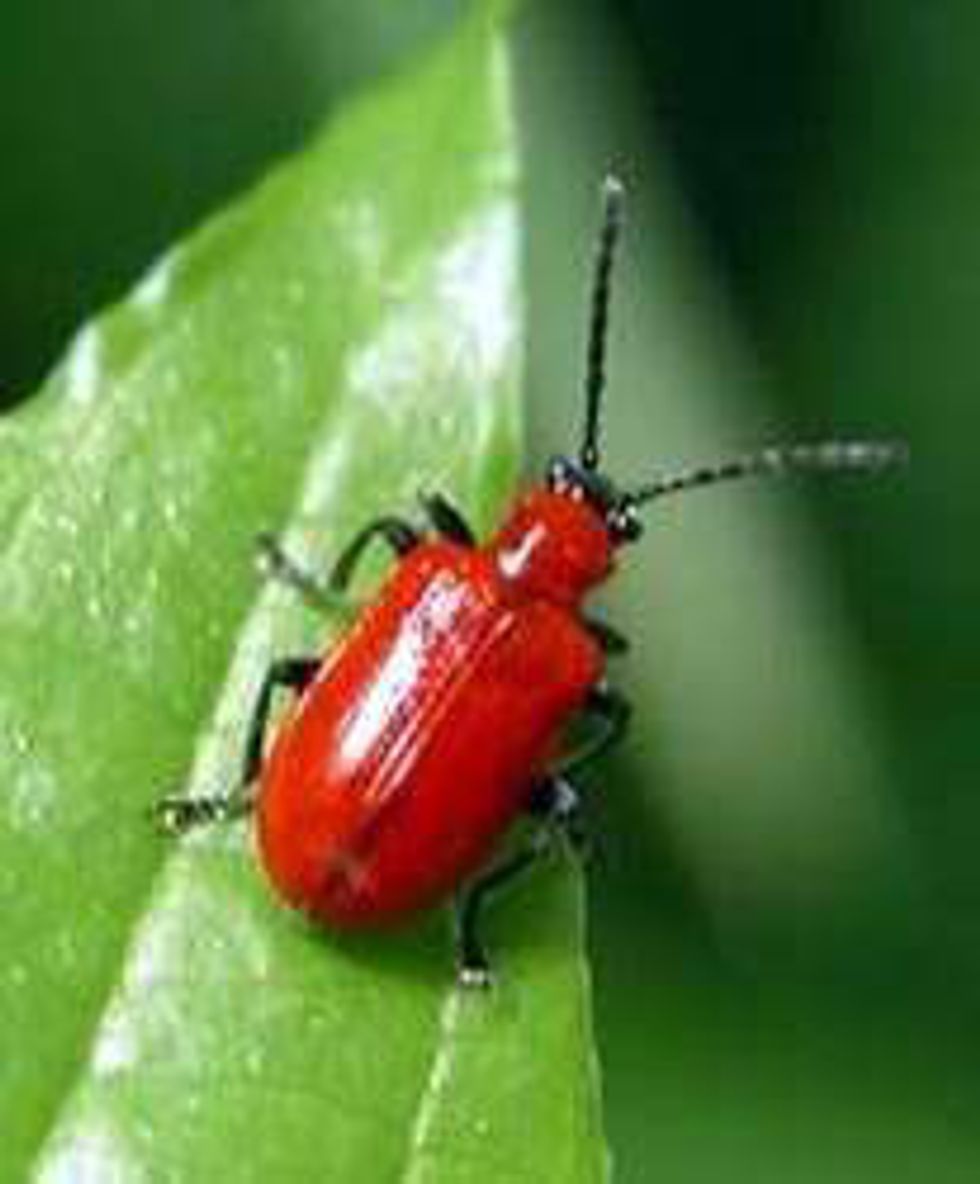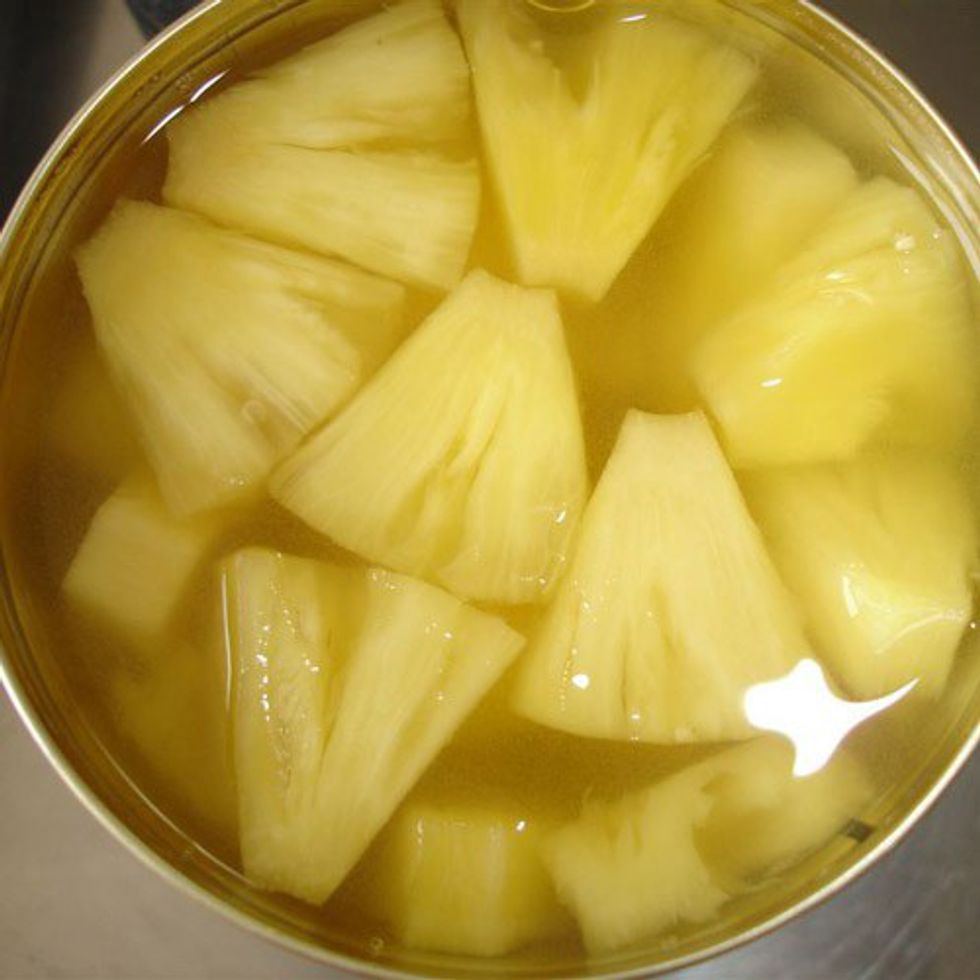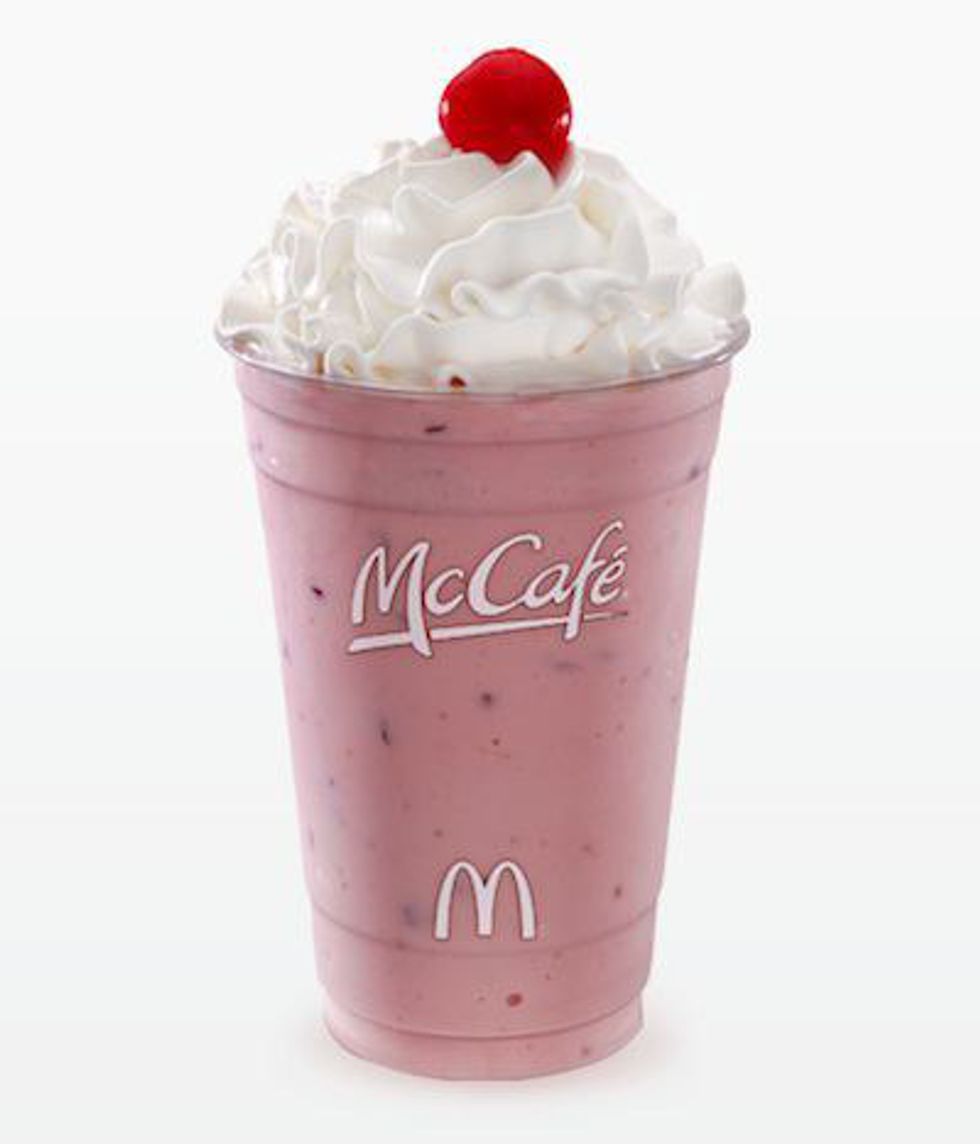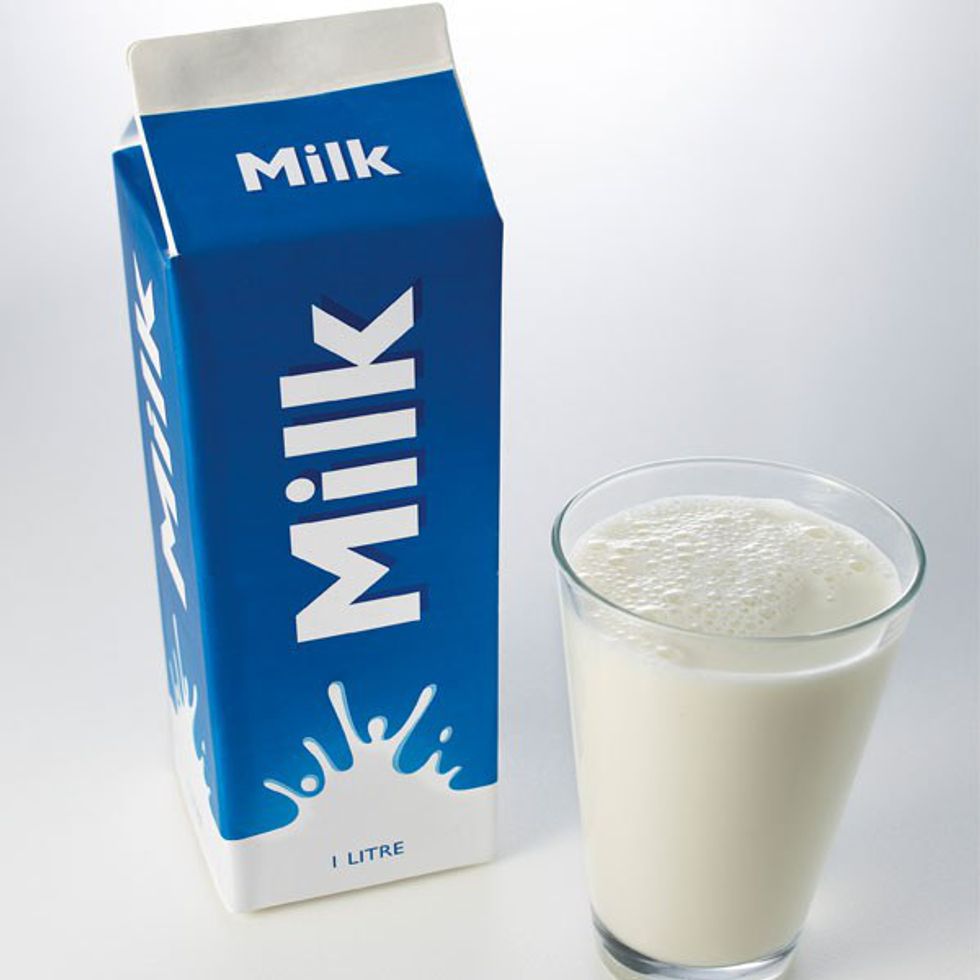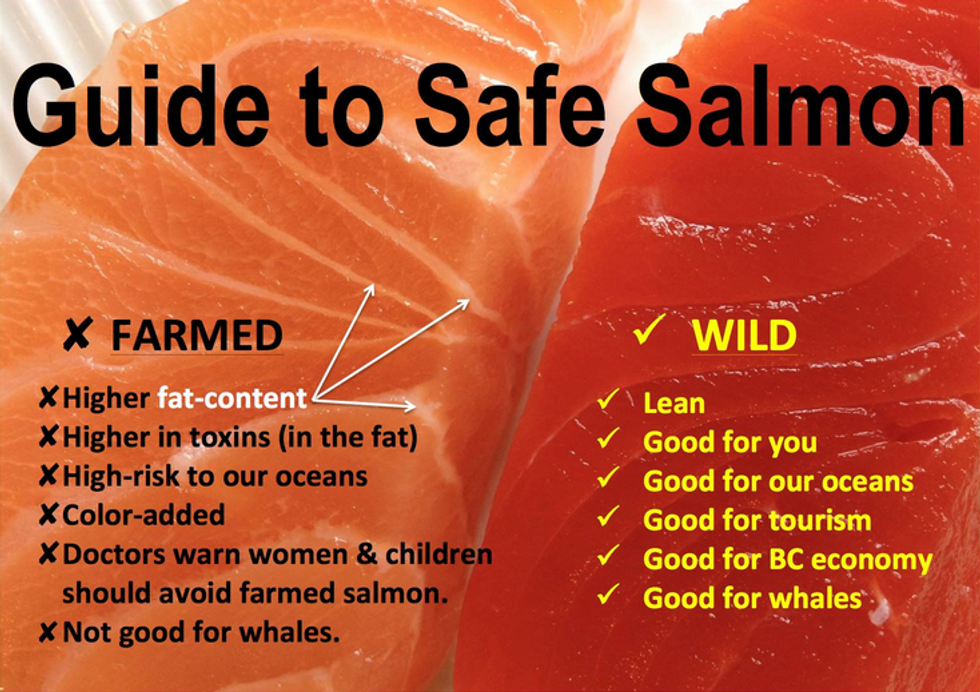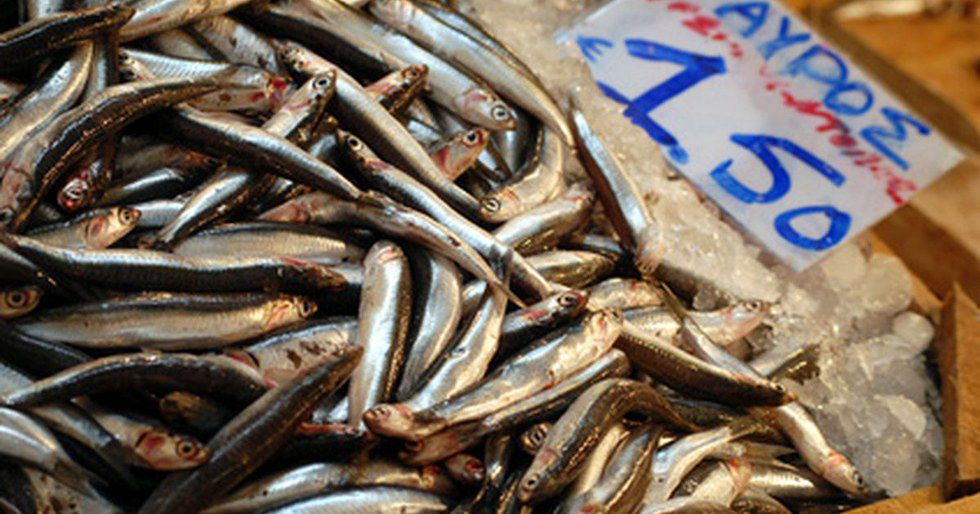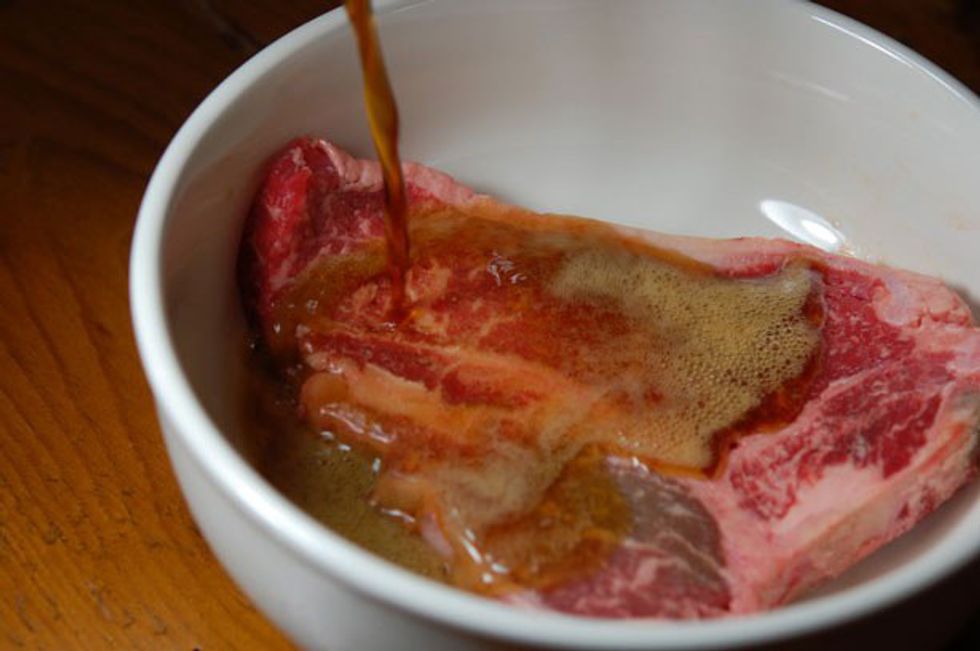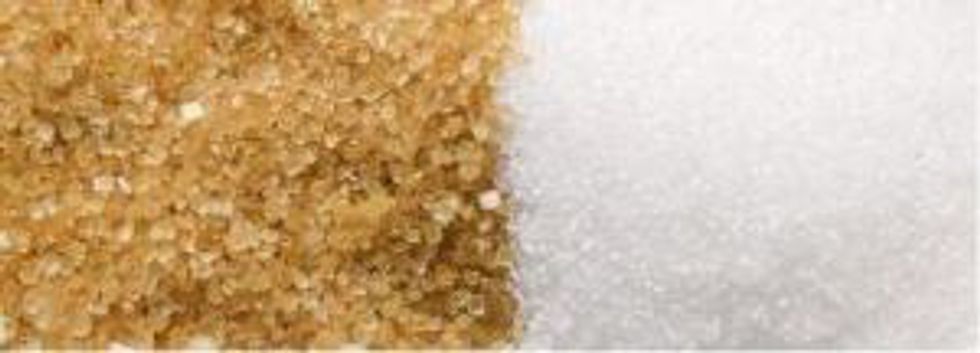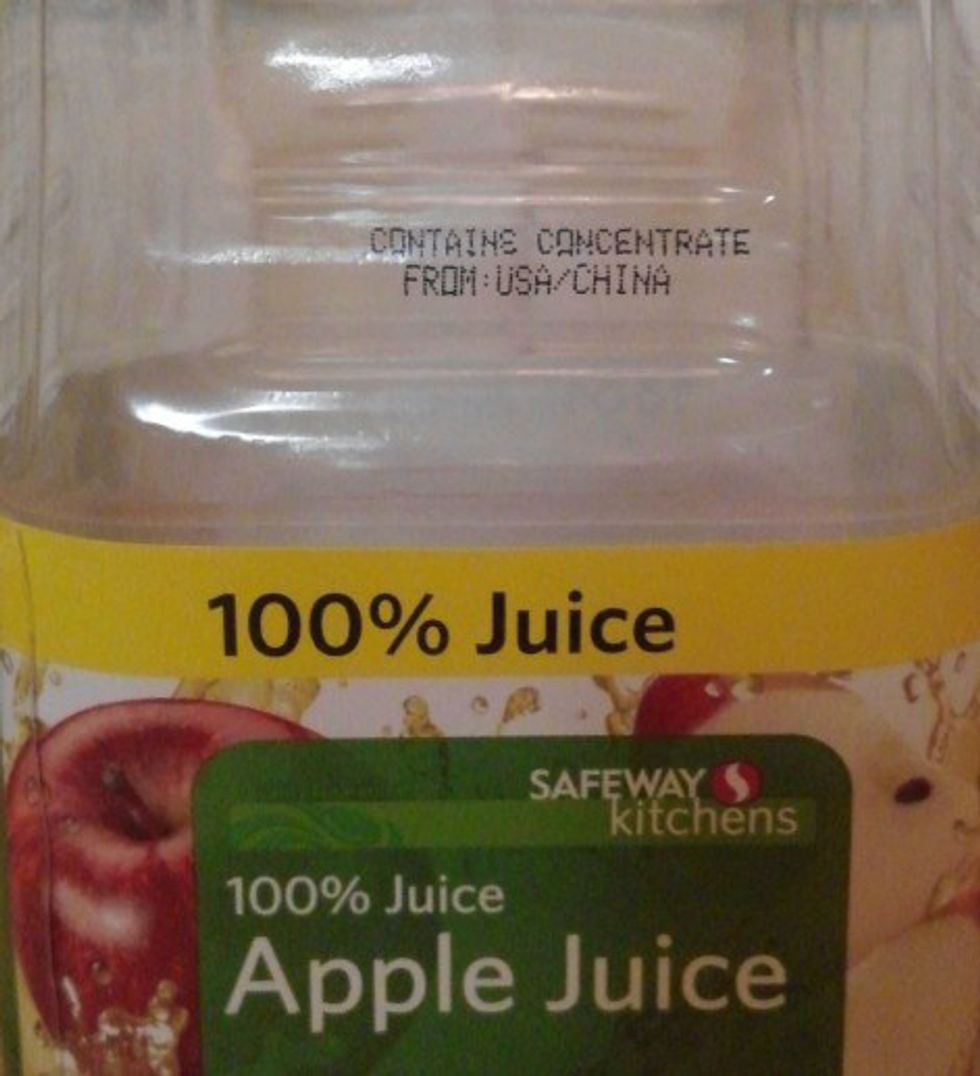"You can't buy that, it doesn't say what country it comes from."
"No, not that one. That has aspartame in it."
"Ew! You seriously want frozen chicken nuggets? Do you know what is in those?"
I feel like my boyfriend has got to be tired of my snobbish comments at the grocery store. Every time we go to the store, whether for snacks, ingredients for dinner, or just to look, my mom's voice echoes in my head with all of the disgusting food facts she's learned over time. I'm grateful that I have an idea of ingredients and foods to avoid, but there's no physical way to avoid everything terrible in our food. Here's a list of a few shocking things you can find in food that might help you make more informed decisions about what you're buying/eating. If you're eating while reading this, I recommend you put your food down.
1. Castoreum
Brace yourself.
Castoreum is excrement from beaver anal glands.
And it's used in vanilla ice cream and raspberry flavorings.
Castoreum is often not listed as "castoreum," but as the nondescript, "natural flavorings" because it is technically natural. Yum. This one is difficult to pin point exactly which brands/products contain it because of the way they hide the flavoring, but if the ingredients say "natural vanilla flavoring" or something along those lines, it's less likely that it's castoreum. Also, it's very uncommon nowadays because, understandably, people don't want beaver anal gland secretions in their ice cream.
2. Pubic hairs
Resources show that, over the course of a year, a person will consume approximately 12 public hairs through fast food. Maybe this will motivate you to eat home cooked meals more often.
3. Butane
Have you heard of this before? If so, you know that it's commonly found in lighters. It's also found in frozen chicken nuggets because it gives them a "fresh" flavor, no matter if they are actually fresh or not. Also, if that isn't enough to scare you away from chicken nuggets, the above image is a picture of what your nuggets look like before they get that crispy outside to them.
4. Shellac
Hard candies, candy corn, jellybeans, etc. have shellac coatings. Shellac is the excretions of the female lac bug, which is found in Thailand. Shellac gives your shiny candy a smooth coat, but is not found in M&Ms, despite their hard, shiny shell.
5. Mold
According to the FDA's website, companies are allowed a certain amount of "defects" in food, as long as it isn't dangerous. Canned pineapple averages 20 percent moldy fruit.
6. Ethyl acetate, phenythyl alcohol, and more
Strawberry milkshakes have to get their strawberry flavor somewhere, and restaurants sure aren't going to use real strawberries to achieve that. That's crazy talk!
Ethyl acetate is used in glues and nail polish, and phenethyl alcohol is used in eye makeup, shampoos and more. Yum!
7. Estrogen
Farmers use estrogen to keep their cows lactating longer. It makes sense, but that estrogen goes into our milk and other dairy products. Some people speculate over whether the estrogen and other hormones in milk are a cause of "moobs" (man boobs) in the United States.
8. Pink dye
Wild-caught salmon is naturally pink because of their diet of krill, but farm caught salmon actually have grey meat. In order to make the salmon look more natural and appealing, the salmon are fed pellets that are filled with pink dye.
9. Dissolved fish
Worcestershire sauce contains anchovies that were left in vinegar until they completely liquify—including the bones. This process takes about 18 months.
10. Phosphoric acid
Coke is incredibly acidic. If you leave meat in coke for 24-48 hours, it dissolves. Similarly, if you leave a metal nail in Coke, it'll completely dissolve after four days.
11. Bone char
Table sugar made from sugarcane is bleached and purified using bone char. Bones from cows are heated at incredibly high temperatures and are then used to filter and bleach the sugar, giving it that clean, white color. You can buy sugar that is purified through other means, and therefore lacks the white color (it appears as the more brownish color above--it is not the same as brown sugar) but is not bleached with bone char.
12. Melamine
A lot of our food comes from China, and there have been known melamine contaminations in food exported from China to the United States. Apple juice, vitamin C supplements, candy, tilapia, and more are common products we receive from China. Melamine is used in the production of plastic, kitchenware, adhesives, and flame retardants, and does not belong in our food. According to the FAO, it has been suggested in the past as an additive for increased protein, but has been made illegal for such purposes in the United States. Melamine, as well as other undesirable chemicals, are found in food from China.
Now that I'm sure you've lost your appetite for a while, I hope you will keep these facts in mind the next time you head to your local grocery store or fast food joint. Make healthy choices, and know that the above facts don't even scratch the surface of the bizarre things you will find in your food. Inform yourself on your purchases to ensure that you and your family are eating the very best that you can.
Bon appetite!




